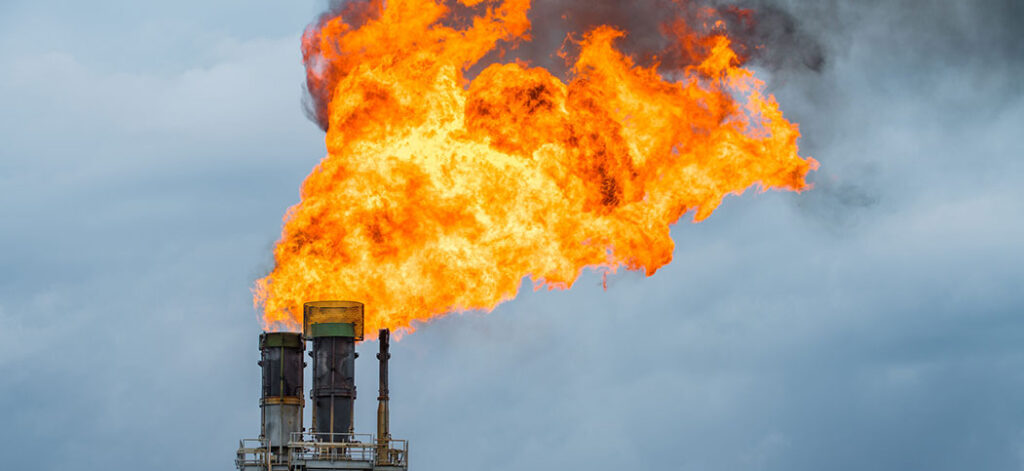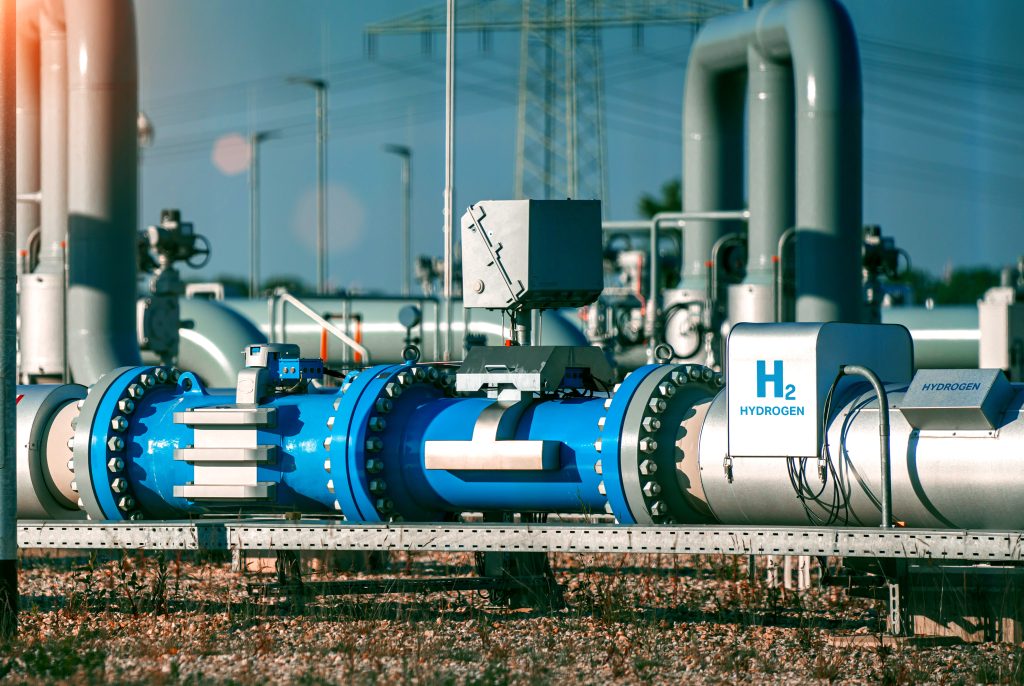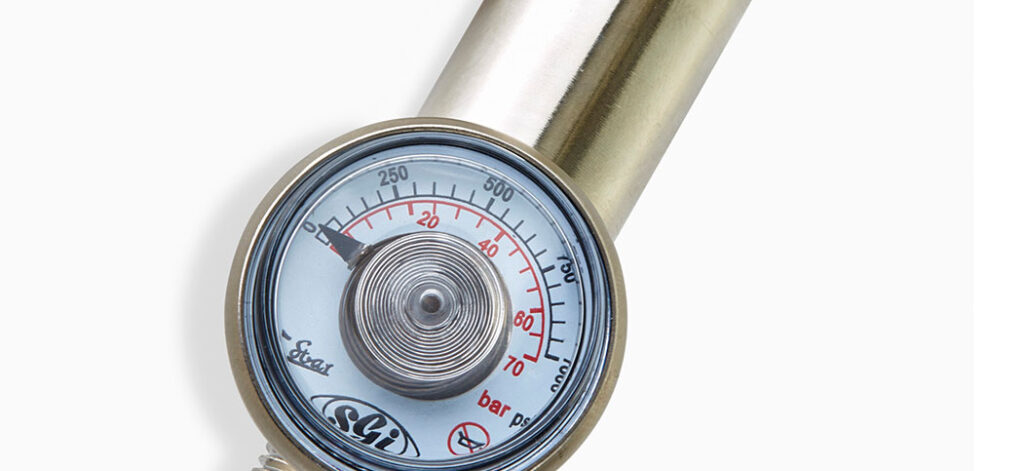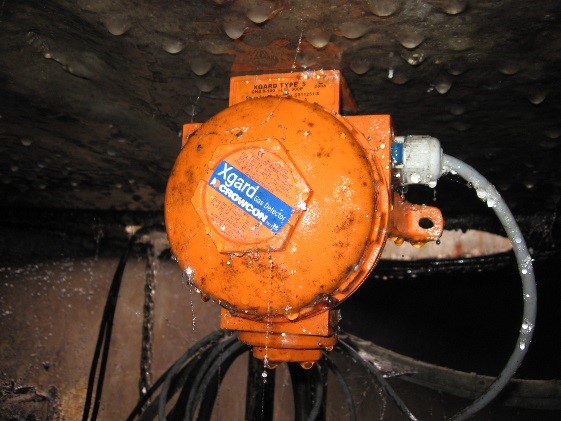Aby doszło do zapłonu gazu, musi istnieć źródło zapłonu, zazwyczaj iskra (lub płomień lub gorąca powierzchnia), paliwo i tlen.
Aby doszło do zapłonu, stężenie gazu lub pary w powietrzu musi być na takim poziomie, aby "paliwo" i tlen mogły reagować chemicznie, a energia ze spalania jednej cząsteczki jest wystarczająca do zapłonu reakcji w następnej cząsteczce i tak dalej. Siła eksplozji zależy od "paliwa" i jego stężenia w atmosferze. Zależność między paliwem/powietrzem/zapłonem ilustruje "trójkąt ognia".
Koncepcja "czworościanu ogniowego" została wprowadzona niedawno w celu zilustrowania ryzyka pożaru spowodowanego reakcją chemiczną.
W przypadku większości rodzajów pożarów, oryginalny model trójkąta ognia działa dobrze - usunięcie jednego elementu trójkąta (paliwa, tlenu lub źródła zapłonu) zapobiegnie powstaniu pożaru. Jednak zbyt duże rozstawienie cząsteczek oznacza, że cząsteczki paliwa i tlenu wchodzące w reakcję nie przekazują sąsiednim cząsteczkom wystarczającej ilości energii do zapłonu ich reakcji.
W niektórych sytuacjach, na przykład gdy pożar obejmuje płonące metale, takie jak lit lub magnez, użycie wody do ugaszenia pożaru może spowodować jego rozgrzanie, a nawet wybuch. Wynika to z faktu, że takie metale mogą reagować z wodą w reakcji egzotermicznej, wytwarzając łatwopalny wodór dodający się do paliwa, które następnie się pali.
Nie wszystkie stężenia łatwopalnego gazu lub oparów w powietrzu będą się palić lub eksplodować. Dolna granica wybuchowości (LEL) to najniższe stężenie "paliwa" w powietrzu, które będzie się palić, a dla większości łatwopalnych gazów jest to mniej niż 5% objętości, a dla wielu 1% objętości. Przy niższych stężeniach cząsteczki paliwa są zbyt rozproszone, aby utrzymać front płomienia. Istnieje wysokie ryzyko wybuchu nawet w przypadku, gdy stosunkowo niewielkie stężenie gazu lub oparów wydostanie się do atmosfery, jeśli warunki pozwolą na gwałtowny wzrost stężenia paliwa w dowolnym miejscu. Dzieje się tak, jeśli paliwo jest bardzo ciężkie lub lekkie w porównaniu z otaczającym powietrzem, lub może się zdarzyć w pobliżu wycieku, jeśli powietrze jest nieruchome.
Poziomy LEL są zdefiniowane w następujących normach: ISO10156 i IEC60079. "Oryginalna" norma ISO wymienia wartości LEL uzyskane, gdy gaz jest w stanie statycznym. Wartości LEL wymienione w normach EN i IEC uzyskano przy mieszaniu mieszaniny gazów; w niektórych przypadkach skutkowało to niższymi wartościami LEL (tj. niektóre cząsteczki gazu spalają się na tyle długo, że podczas mieszania znajdują się średnio bliżej sąsiednich cząsteczek, a tym samym są w stanie przekazać wystarczającą ilość energii, aby utrzymać front płomienia).
SPOSTRZEŻENIA BRANŻOWE
Subskrybuj, aby otrzymywać najnowsze informacje
w swojej skrzynce odbiorczej
Przeczytaj o Crowcon Prywatność i Polityka plików cookie tutaj. Jeśli zmienisz zdanie, możesz zrezygnować z subskrypcji w dowolnym momencie






